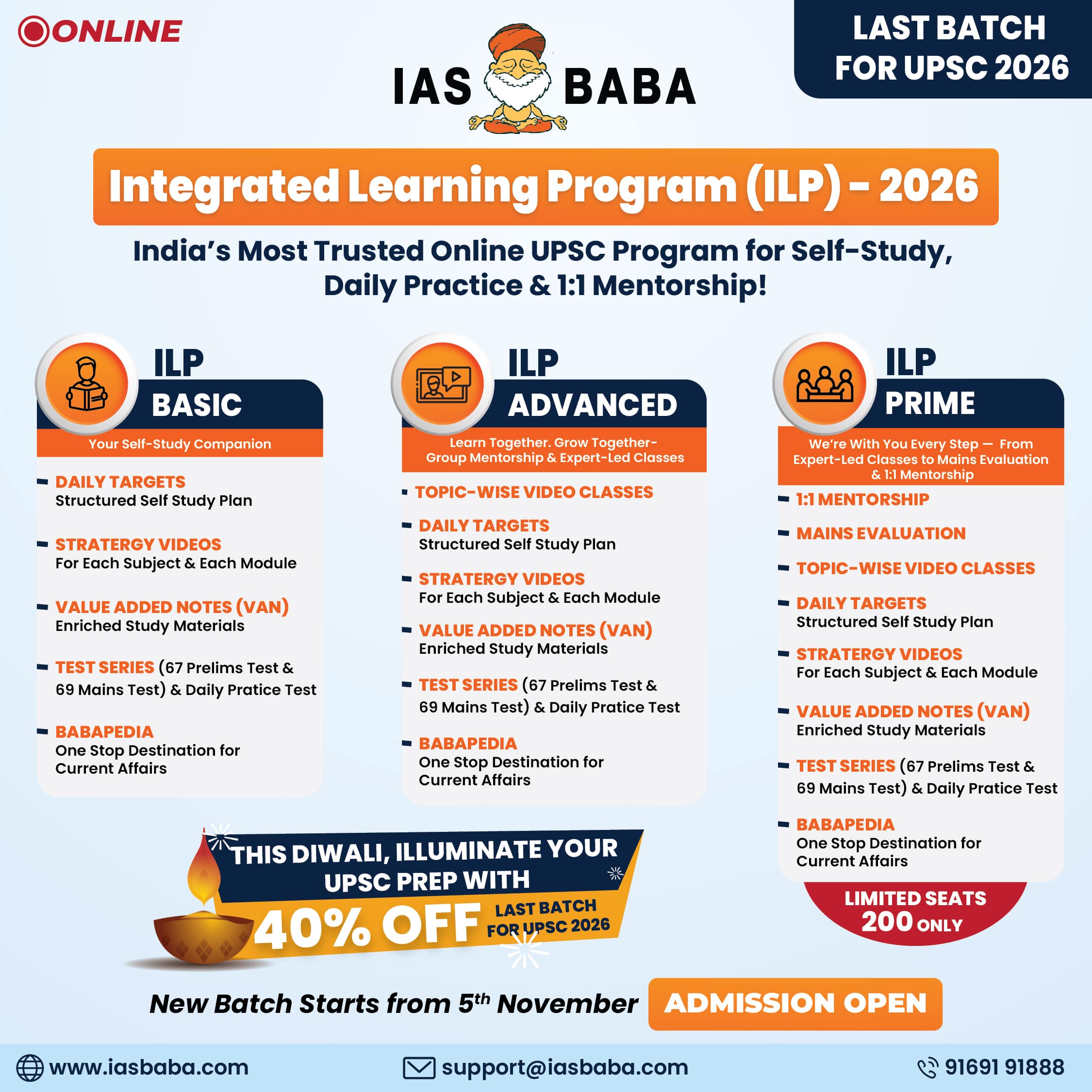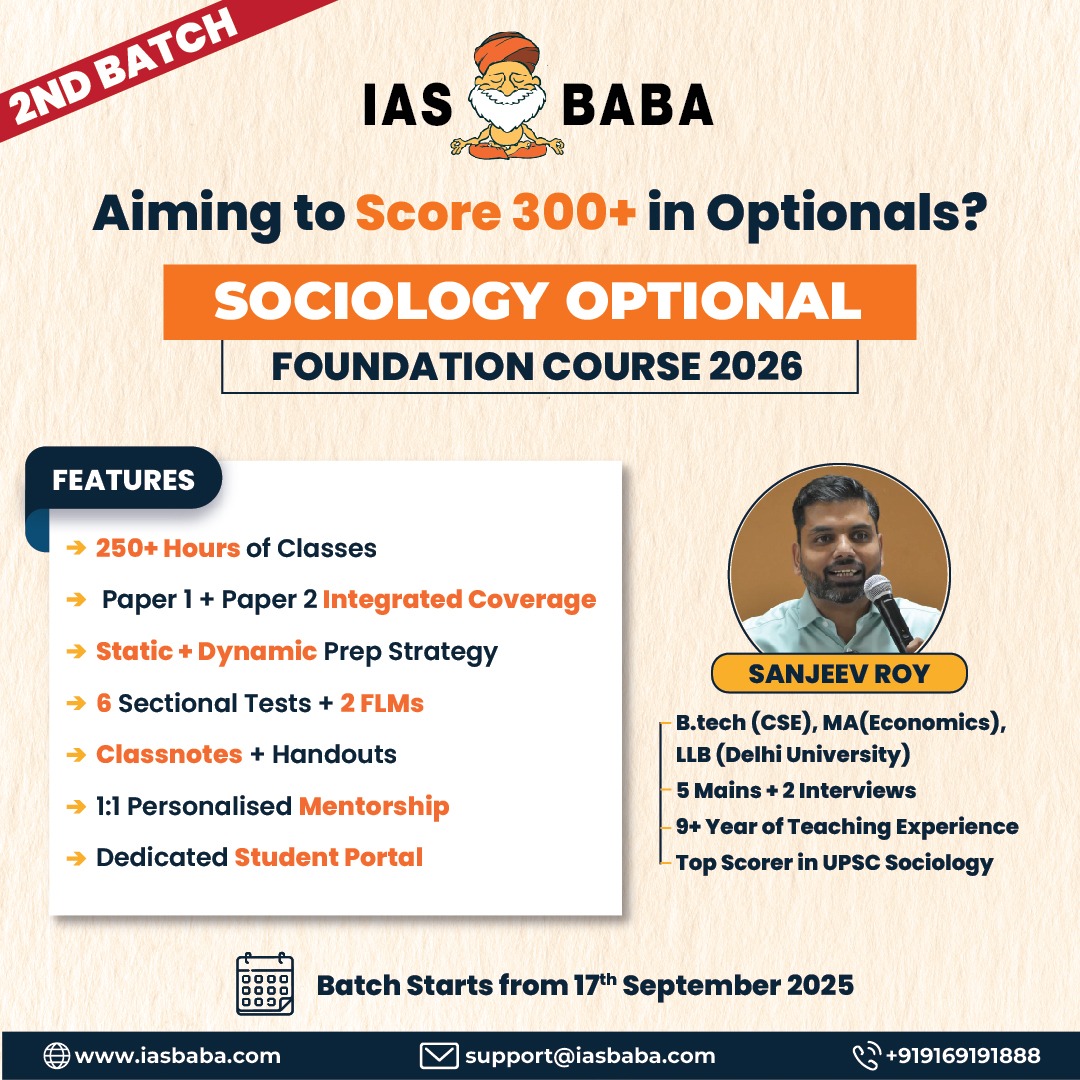This year onwards TLP will have a Dedicated Portal for Focused Preparation (tlpmains.iasbaba.com). There will be a separate dedicated portal similar to (The RaRe Series) which students loved and appreciated. The Portal will help you stay focused and keep your preparation streamlined. The Registration link for the dedicated portal is given at the end of the post.
We are charging a token amount of 10/- for registration to the dedicated portal. We are doing it because we want to create a community of sincere aspirants who are focused and motivated till the Mains Examination. Please don’t take it otherwise. It is our honest effort to give you the best and at the same time expect students to come with the same energy and dedication to the dedicated platform specially designed for YOU!
Join our bandwagon, you won’t regret it. UPSC 2024 Aspirants are encouraged to participate as well.
Register Here – CLICK HERE
To Know More About TLP 2023 (Phase 2) – CLICK HERE
To Access Day 25 Questions – CLICK HERE
P.S: We would encourage peer reviews. So friends get actively involved and start reviewing each other’s answers. This will keep the entire community motivated.
All the Best













